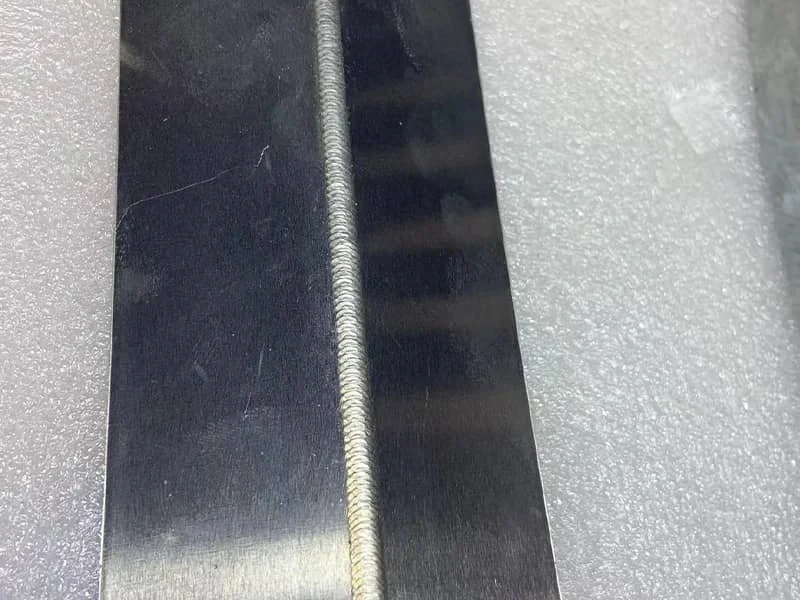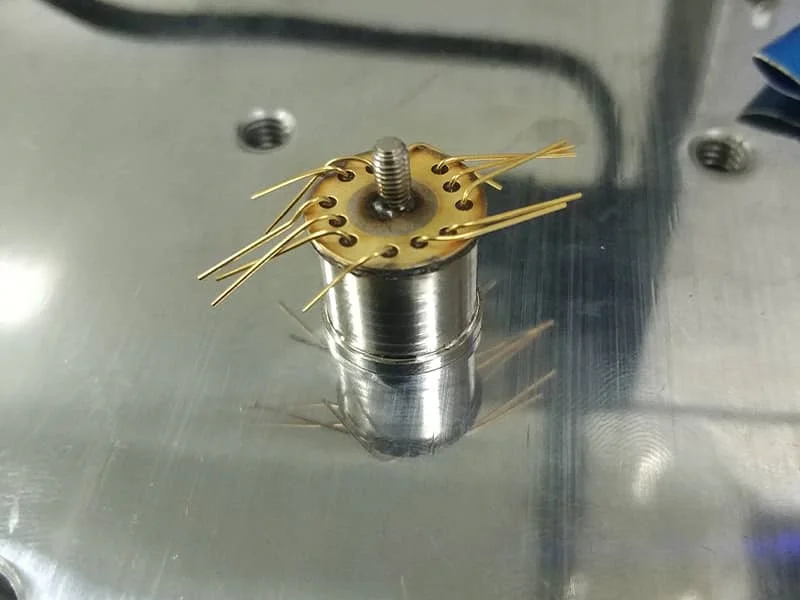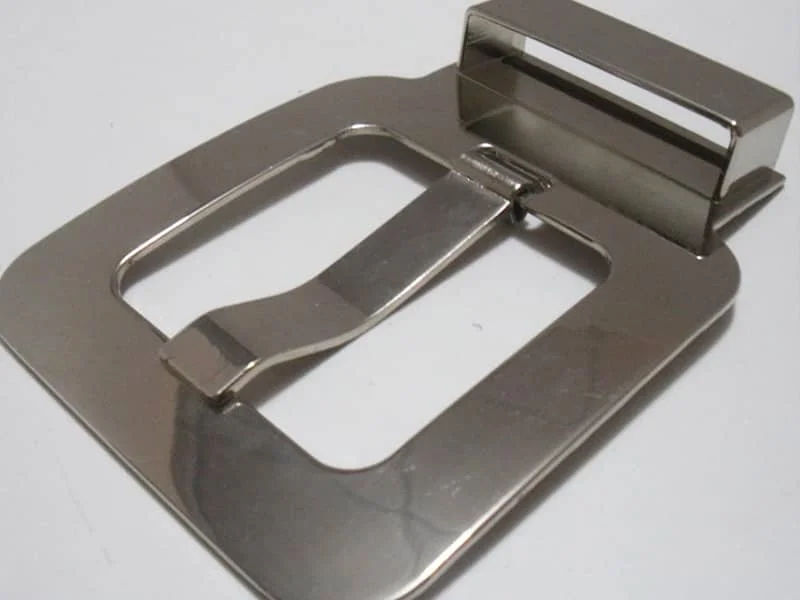Pore-free and crack-free layers with a long lifetime, high surface quality and exceptional durability.

Laser Cladding - The Process
Laser cladding is a process that utilizes either wire or powder coating material, heated by laser beams, to create a molten pool on the surface of the workpiece. The material quickly cools down, creating layers that are metallurgically connected and more resilient coatings created by thermal spraying, while being harmless to health such as hard chromium plating.

The Process Advantages of the Diode Laser
The top-hat beam profile of a diode laser, part of the laser cladding equipment, creates a particularly even molten pool, which provides fine-grained, pore-free and crack-free coatings of the workpieces. Post-processing is thus reduced to a minimum. Integrated into systems for extreme high-speed laser cladding (EHLA) developed by the Fraunhofer ILT, our diode lasers are also suitable for producing very thin coatings that could previously only be achieved by hard chrome plating.

Application Examples
Diode lasers for cladding are used for corrosion and wear protection in a wide variety of areas: in agriculture and forestry, in mines, offshore, in power plants and wherever coatings corrode quickly in the local atmosphere or are subject to increased wear. Laser-coated brake discs, for example, lead to a significant reduction in fine dust emissions and provide better protection against corrosion.
*REQUIRED FIELDS